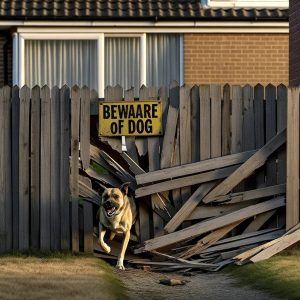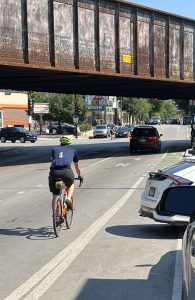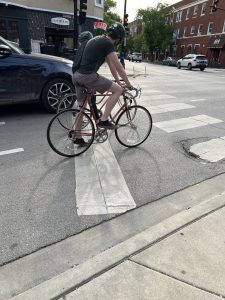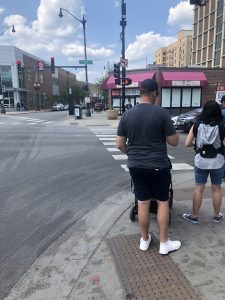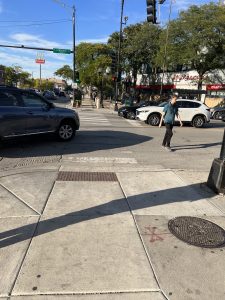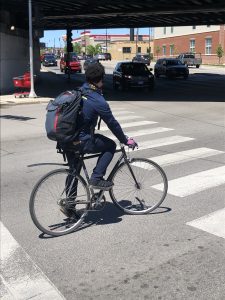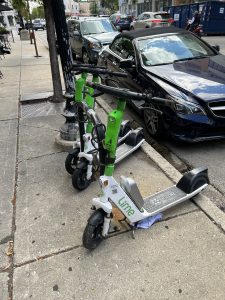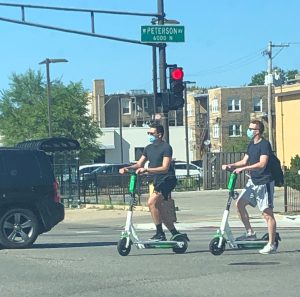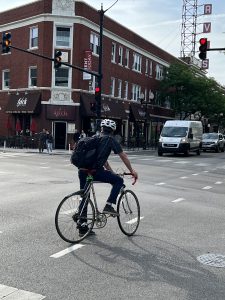In Chicago, the issue of dog bites has become increasingly prevalent, particularly on the South and West Sides, where a lack of resources such as dog parks and pet shops exacerbates the problem. This situation not only highlights a public health concern but also underscores the need for expert legal assistance, particularly from a personal injury lawyer. Firms like Zneimer & Zneimer P.C., based in Chicago, concentrate in providing crucial support to victims of such incidents.
The case of Krysten Kelly, who suffered a dog bite in Chicago’s Uptown neighborhood, serves as a harrowing example of the sudden and severe nature of these incidents. Since 2019, there have been 5,952 dog bite complaints in Chicago, with a significant rise in 2023. Areas like the Lower West Side and Austin, which lack adequate facilities for dogs, have witnessed the highest number of complaints. This situation not only poses a risk to public safety but also creates a demand for knowledgeable legal representation.
Chicago’s Animal Care and Control (ACC), in collaboration with Rescue Chicago, has initiated campaigns like the Leash and Collar Campaign to address the disparities in pet resources in neighborhoods like Austin, Roseland, and West Lawn. These initiatives aim to provide essential resources to underserved areas, reducing the number of stray dogs and potentially decreasing the frequency of dog bites. Continue reading




